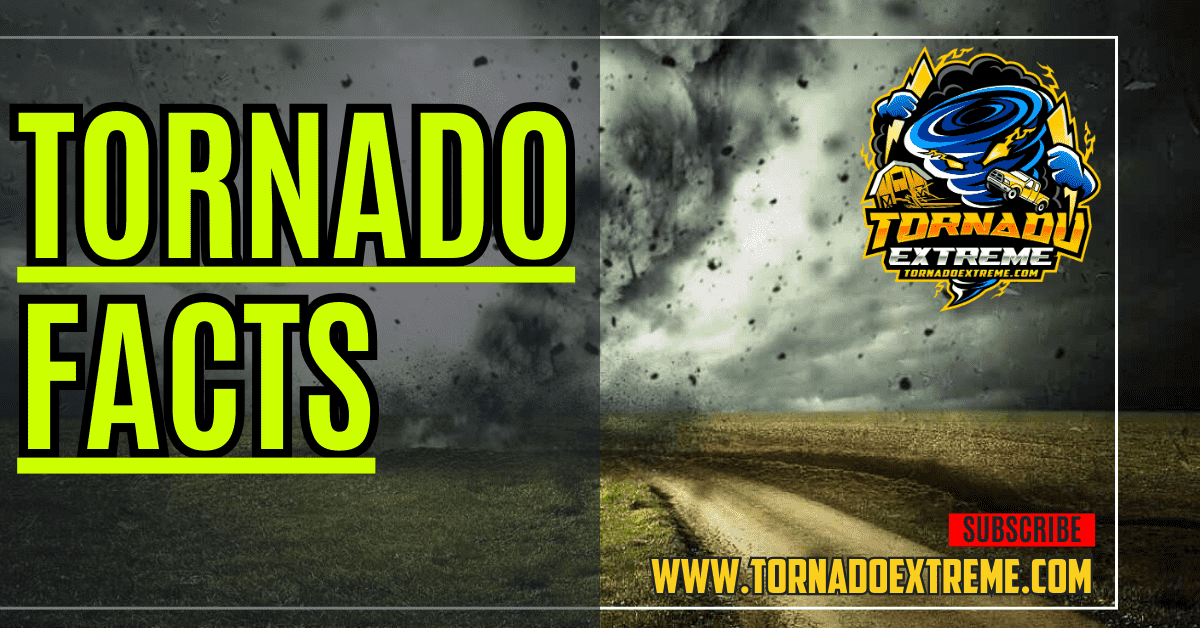Discover Eye-Opening Tornado Facts and Insights from Around the Globe
In my curiosity to know more about one of nature’s strongest forces, I became fascinated by tornadoes. These whirlwinds are not only strong, but they carry stories of survival, science and the very force of nature with them. From well-known “tornado alley” that breeds these deadly storms to unexpected corners of the world, every tornado carries a mystery wanting to be known. Now let’s dive into these storm’s cores and uncover what makes them spin.
Understanding Tornadoes: Basics and Beyond
Understanding how they tick with Understanding Tornadoes: Basics and Beyond can help us demystify these powerful natural phenomenons that can cause destruction on an enormous scale. The season for twisters falls between spring and summer when warm air from the Gulf of Mexico meets cooler air from the north. A twister is a rotating column of air that stretches down from a thunderstorm to the ground, picking up dust and debris as it goes along. And a funnel cloud is the funnel-shaped cloud, which forms within a tornado, often observed during tornado season.
When meteorologists issue tornado watches it means that conditions are ideal for twisters to form. In certain places like Kansas, Texas, South Dakota (infamous tornado alley) you may see 200 tornadoes in one year alone.
It’s rare but some tornados can stretch over a mile wide while others can be 50 miles long. Peak activity happens between afternoon and evening time where updrafts blend with swirling winds creating perfect conditions for formation in many areas across America called “Dixie Alley.” The National Severe Storms Laboratory keeps track of all recorded 2’s with the widest ever recorded touching down Bridge Creek, Oklahoma in 1999 was almost a mile wide itself measuring at 695 yards long causing widespread destruction over its path for more than 300 miles.
A big sign leading to our knowledge of tornadoes comes when a severe thunderstorm is seen because its winds, driven by a powerful updraft, can reach speeds of 300 miles per hour. If the storm has rotating updrafts a tornado can be born if other specific conditions are met.
Tornadoes come and go quickly, making it difficult to have an emergency plan in place for when they strike. About 1,200 of these massive storms touch down on U.S. soil each year where most are found in the central part of the country. While spring and summer months tend to be the worst for “twister season,” they can happen anytime throughout the year given the right conditions. The more we know and understand about how these twisters are formed, the better chance we have at preparing ourselves for danger.
My obsession with them has made me want to learn more about tornadoes’ relationship with other weather patterns like tropical storms. These types of storms will usually birth their own smaller mini-tornadoes adding another level of danger to an already devastating situation. Tornados that spin out from hurricanes aren’t as powerful as normal twisters, but combined with hurricane-force winds create a deadly combo unlike anything else we’ve seen here on Earth before so its good that nobody will be around to witness this event in person I hope!
What Defines a Tornado?
Sure, there are the wind speeds and property damage to consider, but what really sets them apart is the way that they come to be. Starting out as severe thunderstorms, these swirling towers of air slam into the ground with enough force to completely demolish everything in sight. Spanning across parts of the U.S., Tornado alley has become famous for its powerful and deadly twisters, making it vital for communities to have an understanding of their behavior.
See also: Which State Has the Most Tornadoes and Why It Matters
The Lifecycle of a Tornado: From Formation to Dissipation
Where do they even come from? This is what I always wonder when I hear about another storm wrecking havoc. Apparently it all starts with wet air and cool air coming together in harmony. It’s believed that this interaction creates a supercell thunderstorm which has the potential to turn into a tornado under certain conditions. Depending on how everything pans out, these storms can last just a few minutes or several hours – no matter how long though, it’s important for scientists and emergency services to know how they form so they can estimate where they’ll go next.
Tornado Intensity and the Enhanced Fujita Scale
I don’t know about you but hearing about an “enhanced” scale on anything terrifies me. The Enhanced Fujita Scale was created by Theodore Fujita and is used by the National Weather Service in the United States to categorize tornados based on their damage. With winds as weak as 85mph falling under EF0 (the lowest) all the way up to over 200 mph under EF5 (highest), it becomes clear that higher numbers mean more disaster will be left behind when everything passes.
Looking at damage afterwards helps scientists get a better idea of its intensity by estimating wind speeds through studying debris scatter patterns – sounds fun right? Using this method helps emergency services predict future storms while also giving us some insight into just how much destruction Mother Nature can cause. The scale may not be perfect, but it provides a standardized way to understand tornado intensity and the threats they pose to life and property.
Historical Tornado Events and Their Impact
There’s no denying that tornadoes have shaped the world around us. From the deadliest winds to those with records for speed and duration, each individual event has been responsible for pushing people towards understanding what needs to be done in order to prevent them from happening again. They also serve as benchmarks for researchers working on improving forecasting techniques and understanding how their behavior evolves over time.
The Devastation of the Tri-State Tornado in 1925
If you’re on this page looking for more information about tornados, odds are you’ve already heard of this one before. Taking place in 1925, the Tri-State Tornado swept through Missouri, Illinois, and Indiana as the deadliest windstorm in U.S. history – killing 695 people. Its path spanned over a distance of 219 miles leaving entire villages levelled by its unstoppable power. This one storm taught us so much about how we can better prepare ourselves against these disasters, however it came at an extremely high price.
Taking all of our knowledge into account, communities were able to reinforce buildings and create early warning systems which have saved countless lives ever since – giving us our first real glimpse at how powerful these things actually are.
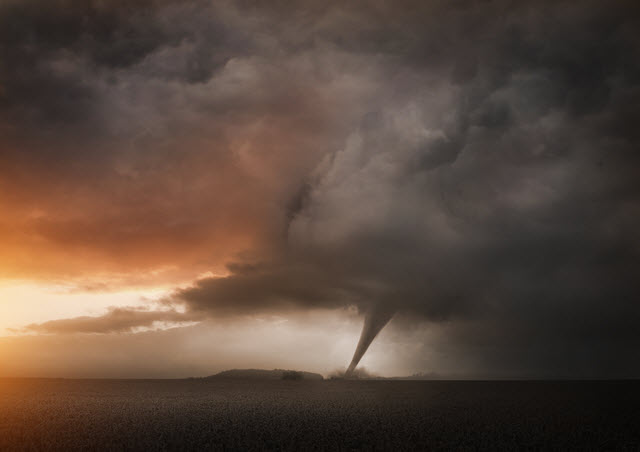
The Unprecedented Tornado Outbreak of April 27, 2011
The outbreak of tornadoes on April 27th, 2011, is another that’s stuck with me. An unprecedented number of these twisters touched down and caused widespread damage across several states. It served as a powerful reminder of how unpredictable tornadoes can be and how vital advanced warning systems are to help keep people safe. The Enhanced Fujita Scale was an essential tool for assessing the extent of the devastation left behind and gauging just how intense these tornadoes really were.
Of course, no one wants to experience such heartache and destruction firsthand. But if there’s any silver lining to be found in this disaster, it’s that it brought out the strength and resilience of every community affected by it. They banded together in support of one another during the recovery efforts, reminding us all just how capable we can be when we look out for each other. The event also motivated researchers to develop even better techniques for forecasting tornados so they could issue warnings earlier — giving people more time to make sure they’re safe.
Record-Breaking Tornadoes: The Widest and Longest
When it comes to record-breaking tornadoes — whether for their width, length or duration — scientists have learned that things aren’t always as simple as they seem. Tornadoes behave differently depending on where in the world they occur (the Northern Hemisphere versus the Southern Hemisphere). What could be a strange outlier in one area might actually be fairly normal in another! So each record-breaking storm helps experts refine their models so they can improve forecasting methods even further and understand when tornadoes occur.
Preparing for Safety: How to Survive a Tornado
If you’ve seen National Geographic documentaries about extreme weather like I have, you know that preparation is key when it comes to surviving these devastating storms. My family has come up with a safety plan that includes designating a room as our “safe room” and filling it with essentials like water jugs, nonperishable food and a first aid kit. We even practice tornado drills so that if a warning is issued, we’ll all know exactly what to do and where to go.
Aftermath and Recovery: Dealing with Tornado Destruction
When images of the destruction left behind by a tornado flash on my screen, I always have to pause for a moment — it’s genuinely hard to comprehend the impact of these natural events that can occur at any time. Entire bridges wiped away, trains upended and bark ripped off trees? It’s as though one of those Nat Geo documentaries has come to life.
But once the storm passes, communities are tasked with the process of rebuilding their lives. Together, they clear debris from streets, assess damage to buildings, and get right back to work constructing new homes for people who have lost everything to violent tornadoes. It’s an inspiring time when people show just how much love they have for one another.
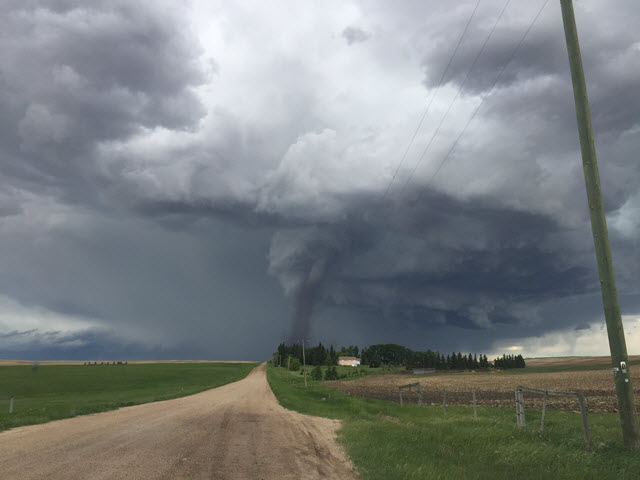
Tornado Anomalies and Lesser-Known Facts
Did you know that there have been recorded tornadoes on every continent, even icy Antarctica? Turns out even the coldest place in the world isn’t safe from twisters. Also interesting is when two tornadoes form from the same storm, it’s known as “tornado twins”. The event is a rare occurrence but it’s equal parts fascinating and terrifying to witness, especially given how violent tornadoes can be.
You might also be interested to know that tornadoes can happen at any time of day, but they’re most commonly seen in late afternoon. It’s because all the conditions necessary for twisters — warm, moist air colliding with cooler air — are more likely to exist during tornado season. So if things start looking strange in the sky later in the day, do stay alert.
See also: What is a Rain Wrapped Tornado? Severe Weather
Tornadoes on Every Continent: Yes, Even Antarctica
The thought of a tornado ripping through snow and ice might seem bizarre, but it happens. These Antarctic twisters are typically weaker than those found in Tornado Alley states like Kansas or Oklahoma, yet they’re a reminder that rotating storms can form under many different circumstances. Just imagine fending off a freezing gust while surrounded by icy tundras; it’s hard not to feel small next to such raw power.
The Phenomenon of “Tornado Twins”: Dual Vortices Explained
Two spinning vortices born from one storm system? That’s what happens during a “twin” tornado outbreak. And though they’re rare, these duos teach scientists about the complexity of severe weather systems. Given how destructive one tornado can be, it’s difficult to fathom watching two tear up the landscape side by side.
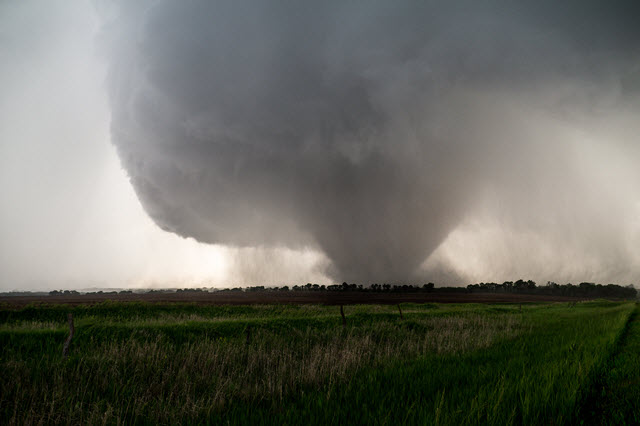
Tornadoes in Popular Culture and Media
It should come as no shocker that these wild winds capture imaginations worldwide — just look at their ubiquity in movies and literature. As symbols of chaos and nature’s unbridled force, they frequently play villainous roles in disaster flicks. Yet their presence isn’t all bad: Tornado narratives also show how people come together to rebuild and help one another in the aftermath.
In the realm of literature, twisters often represent change or turmoil in a character’s life. Their sudden, unpredictable nature mirrors personal strife — and sometimes even internal battles. When authors use these storms as characters themselves, stories become more gripping and complex than simple tales about tornadoes.
Documentaries and Films: Bringing Tornadoes to the Screen
Whether we love or fear them, there’s no doubt that tornadoes captivate us, especially considering thousands of tornadoes hit the U.S. each year. This is especially true when they’re seen up close and personal through a camera lens. Documentaries offer this safe look at their beauty and destruction while informing viewers about their power. By bringing the thrill of twisters safely indoors, filmmakers create an awe-inspiring experience for people around the world.
Literature and Art: How Tornadoes Inspire Creativity
With their dazzling displays of chaos, tornadoes ignite inspiration inside artists’ studios and writers’ offices. These creative minds find ways to capture twisters’ essence using paintbrushes or pens — oftentimes with the purpose of illuminating real-life turmoil. The best creations will get you thinking about destruction in new ways — maybe even finding beauty where you once only saw wreckage.
For young readers, tornado books are a great way to mix things up. You can learn and be engaged at the same time with adventure and lessons on both safety and science. Learning about these forces while also being able to interpret the world through literature is key!
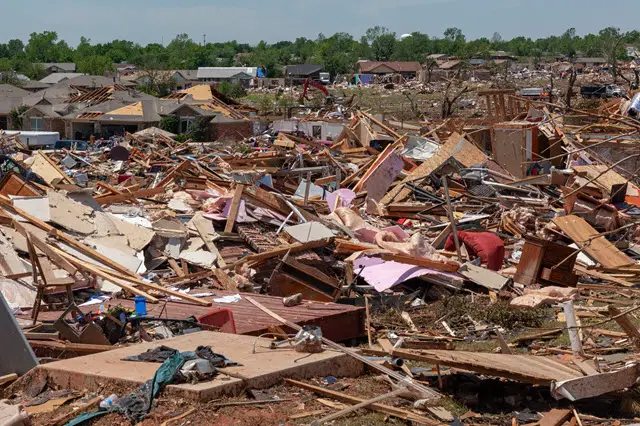
The Future of Tornado Research
When pondering about the future of tornado research, it’s clear that technology will make its mark. Radar advancements along with computer modeling is giving us a better chance at predicting these storms. The more we know, the easier it is for people to take cover before it hits. This progress is crucial in saving lives and minimizing damage. The scariest thing in nature finds itself connecting art, science, and literature.
Technological Advances and Their Role in Tornado Science
Revolutionary tools are what scientists need to continue studying tornadoes. Enhanced Doppler radars provide detailed images of storms while drones can investigate tornadoes up close. This then gives them insights they’ve never had before. So just imagine how much we’ll learn when even better tools come into play? It may lead to even better forecasting methods which improves our ability to protect ourselves from the devastating impacts of tornadoes.
Another promising area of research involves studying the effects of climate change on tornado behavior as our climate continues to change.
The Impact of Climate Change on Tornado Behavior
It’s not rocket science that climate change brings fear into peoples eyes. And when it comes specifically about its impact on tornado behavior… some believe that as things warm up we might see changes in how often they occur or how powerful they are.. The weather has always been unpredictable but understanding these potential shifts could be a game changer for everyday life and future emergencies!
See also: What States are in Tornado Alley?
Community and Recovery
You’re a passenger in your car, another busy day at work behind you. But today, the sunshine that reflects off your windshield screams surrealness. Your town has been hit by a tornado overnight. You’ve never seen anything like it before. The wreckage is shocking. Homes and businesses torn apart like paper dolls are scattered across the roads.
But as devastating as this sight it, there’s another force that could rival even the strongest tornado — community love. It’s amazing how people come together after all seems lost. Neighbors help each other clean up, rebuild, and heal. That’s true resilience right there. It’s almost inspiring to see their strength in the face of a disaster.
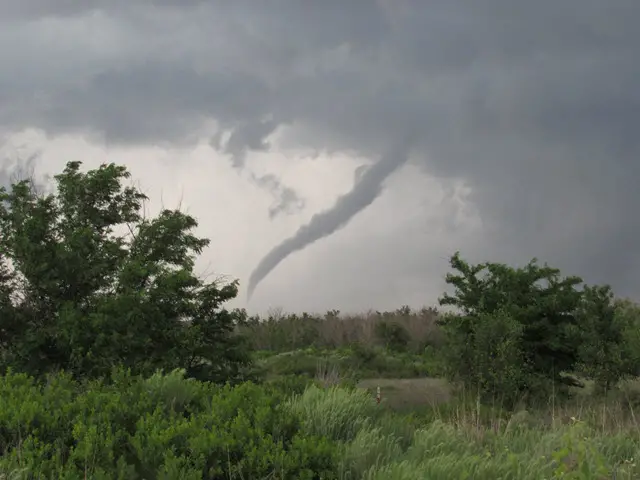
Stories of Survival: Personal Accounts from Tornado Survivors
Tell me about your survival story in a natural cataclysm and I’ll tell you who you really are. There’s nothing more humbling than listening to someone who made it out alive with only their willpower pulling them forward.
Whether it’s a family taking shelter in a bathtub with a mattress over them or individuals helping their neighbors in the aftermath, these stories highlight just how powerful we are when we come together for one cause — survival. And they remind us all that life is fragile and important enough to embrace every second.
The volunteers handing out water bottles at shelters wouldn’t exist if survivors stopped sharing their experiences. Sharing means healing for many, but also teaching others how to protect themselves from such dangers down the line.
Rebuilding After the Storm: Community Efforts and Support
Sometimes there is enough daylight at night to show you what once was your home before catastrophe struck. Rebuilding after something like this is no easy task… unless you have someone building alongside you.
From local businesses donating supplies to volunteers helping clear debris, rebuilding lives becomes hopeful knowing people care about strangers they haven’t met yet. A reminder that no storm can break our spirits when we’ve got the resilience to recover and rebuild.
Tornado Facts for Kids: Making Learning Fun
How crazy is that — a twister can have winds of 300 mph. You’re standing there like a statue as every object in your living room gets sucked into it. And yet, sometimes the sky turns a greenish color before showing its true colors. A freight train sound rumbles in the background as all you can do is wait.
These are just a few of the fascinating facts about tornadoes that kids need to learn. Maybe they’ll help make sense of such senseless devastation when they’re older.
With this topic, learning isn’t just about gaining knowledge — it’s also about staying safe during a storm. By knowing how these storms form through simple experiments, children will gain an understanding on why and when they should hide out with their family members or friends in an underground shelter.
Interactive and Educational Resources for Young Learners
Sometimes learning words from a textbook won’t even pique our curiosity enough to continue reading another page. That’s why I found some interactive resources that can help children explore and engage with what causes weather patterns such as tornadoes:
1. Websites with interactive maps show where tornadoes have struck in the past
2. Apps that simulate weather conditions allow users to see which variable affects what part of the storm
3. Real-time updates on severe thunderstorms and flash floods will teach them how powerful nature really can be
Another great way to ignite the enthusiasm is through educational games that challenge players to prepare a town for an incoming tornado, teaching them about safety and preparedness along the way. Books made specifically for children, filled with intriguing facts and vivid illustrations, explain the science of tornadoes in a way that’s easy to understand. These resources, when combined, offer a comprehensive learning experience that helps demystify severe weather for young learners.
Simple Experiments to Understand Tornado Dynamics at Home
One of my favorite games to help kids grasp the concept of tornado dynamics involves just a few household items: two clear plastic bottles, water, and a bit of glitter. By taping the bottles together at the necks—one filled with water and the other empty—you can swirl the water as you flip the bottles, creating a mini tornado. This simple experiment visually demonstrates how winds already in rotation can lead to the formation of a tornado, making it easier for people to understand right from home.
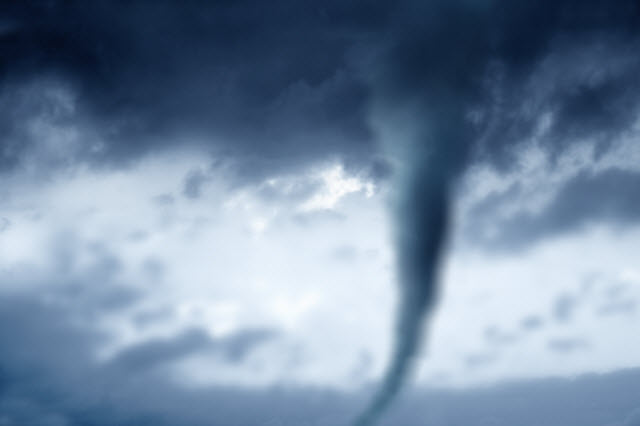
Embracing the Unknown: What Still Lies Ahead in Tornado Research
Our quest to understand tornadoes seems like an endless loop. Every answer leads to more questions, and we’re in a constant state of needing to know more. But with every step toward knowledge comes another leap forward in research capabilities. We’re now able to measure the smallest details about these storms that was once impossible, and it’s all thanks to advanced technology.
Weather balloons are floating higher than ever before, capturing data we never knew existed. And radar systems are becoming smarter by the second, allowing us glimpses into the very start of a tornado. With these tools on our side, we just might uncover everything there is to know about these devastating weather events.
How Tornado Awareness Can Save Lives and Foster Resilience
It’s not enough for us researchers to have all this knowledge in our heads if nobody else knows what we do. We have a responsibility to teach others what we’ve learned so they can protect themselves when we’re not around.
Learning how tornadoes form doesn’t take a Ph.D; it takes five minutes on Google. But knowing when one will strike could save you from losing your house or worse.
We also can’t ignore that climate change has made severe weather more deadly worldwide. As global warming gets worse, our research needs to evolve too so that people can take even more steps toward resilience.
Our journey into the unknown may seem long and unnecessary at times, but it’s really just a mission to keep everyone safe from something completely unpredictable.
Conclusion: The Ever-Evolving Understanding of Tornadoes
The journey to comprehend tornadoes is ongoing; each discovery shines light on these formidable natural events’ complexities. We still don’t know exactly what allows some thunderstorms to produce twisters while others don’t. Also, we don’t know why some supercells make EF0s while others create EF5s—although strides have been made in predicting where and when they will occur.
There are many places that can experience tornadoes. Areas like Tornado Alley, in particular, are very high-risk. That’s why it’s always good to be prepared and have awareness programs ready for communities just in case. We’ve also made great advancements with things like tornado warnings that will alert you about incoming danger before it hits you. These systems alone have already saved so many lives and reduced injuries by a whole lot. So don’t think of all this as us cramming knowledge into our heads. We’re building up the strength needed to withstand anything nature throws at us.

